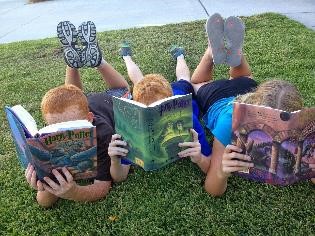WHY STUDY WRITING FOR CHILDREN?

Children’s writing is a specialised craft. It is a rewarding, inspirational, and often demanding, branch of writing. It requires imagination, creativity, a deep love of storytelling and excellent writing skills.
There are many options when writing for children – for learning or entertainment. Children’s authors might be involved in writing educational books, books, eBooks, comics, websites, blogs and much more.
Who Is This Course Suitable For?
The course is suitable for anyone who dreams of writing for children.
What Will You Learn in This Course?
- Learn how to write for children across a range of genres and age groups.
- Study the basics of editing and revision, including how to tighten your pacing and keep your story interesting.
- Free your imagination and engage a child's.
- Learn to inspire and fire the imagination of children with your stories.
- Discover the ins and outs of picture books, junior fiction, and young adult novels across a range of genres.
It takes a different mindset, and different skills to write for children. In this course, you will learn about structure, dialogue, pacing, and other keys to engaging -- and keeping -- a child's interest.
Keeping a child amused and happy is no simple task.
This course is suitable for professional/career development, CPD or personal interest.